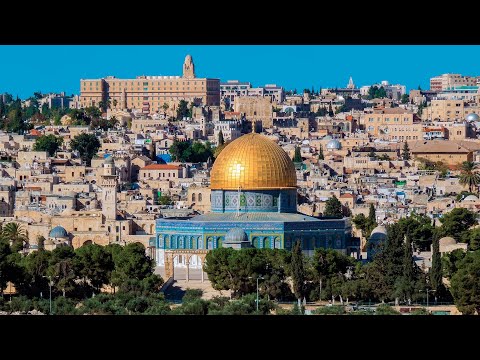
Travel, in its richest form, is more than ticking iconic landmarks off a list; it’s an immersive experience into the culture, history, and issues of a place. Rick Steves’ documentary “The Holy Land: Israelis and Palestinians Today” is a vivid testament to this philosophy. This special episode takes viewers beyond the typical tourist paths of Israel and Palestine, providing a nuanced exploration of the complex socio-political landscape that defines these storied lands.
#### A Journey Through Conflict and Culture
Rick Steves, known for his affable on-camera persona and deep respect for the places he visits, approaches the Israeli-Palestinian conflict with the curiosity of a traveler rather than the rigidity of a political analyst. The documentary weaves through cities like Jerusalem, Bethlehem, and Hebron, uncovering stories from both Israeli and Palestinian perspectives.
#### Neutral Narration Amidst Divisiveness
One of the standout features of this documentary is Steves’ commitment to neutrality. He crafts a narrative that gives voice to both sides of the conflict without casting judgment. Viewers hear from Israelis and Palestinians about their daily lives, hopes for peace, and enduring struggles. This balanced approach not only educates but also humanizes the conflict, reminding us that beyond the headlines are people who long for peace.
#### Educational Yet Engaging
As with all his guides and shows, Steves ensures that “The Holy Land: Israelis and Palestinians Today” is accessible to a wide audience. The history of the region is succinctly summarized to provide context without overwhelming viewers with details that could detract from personal stories. His approachable style invites viewers into conversations they might otherwise never hear.
#### Impactful Visual Storytelling
Visually, the documentary does an exceptional job at capturing both the beauty and pain woven into Israel’s and Palestine’s landscapes. From shots of bustling markets to quiet moments reflecting on barrier walls covered in graffiti calling for peace, each scene underscores the complex realities faced by those living in these divided regions.
#### Challenges Faced
Producing such a documentary was not without challenges. Navigating politically sensitive content in an unbiased manner required meticulous planning and deep respect for various viewpoints—an endeavor Rick Steves managed with finesse while ensuring safety for his crew amidst often turbulent environments.
#### Conclusion: A Call for Compassionate Travel
“The Holy Land: Israelis and Palestinians Today” goes beyond mere travel documentation; it serves as an educational tool that promotes understanding amidst conflict through travel-anchored insights. By showcasing diverse human stories against cultural backdrops rich with history—and fraught with ongoing conflict—Steves encourages travelers worldwide not only to explore but also deeply reflect on places they visit.
Rick Steves proves once again why he is revered as more than just a travel guide but as an ambassador for thoughtful global citizenship—a perspective much needed today more than ever before.
